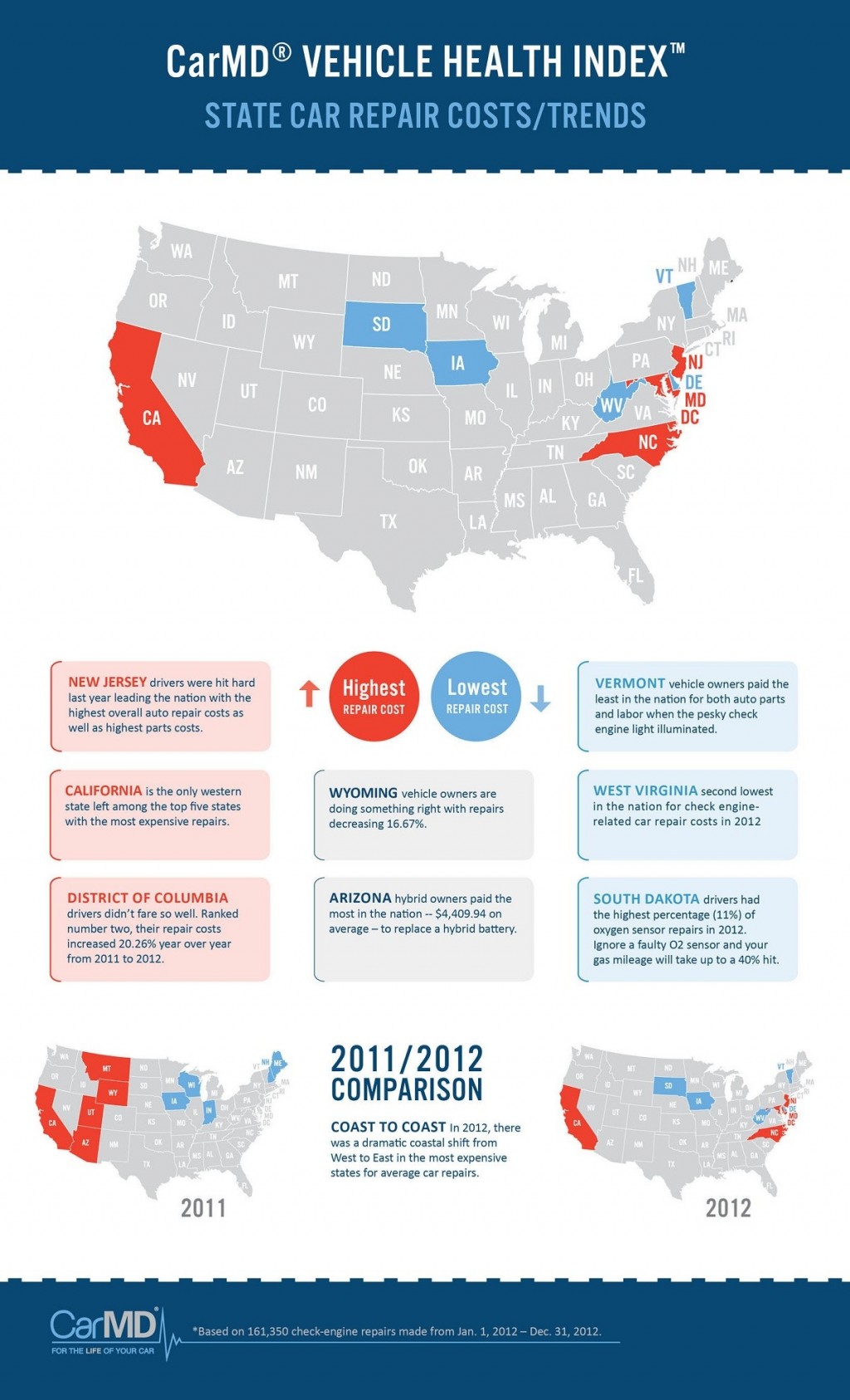A Comprehensive Overview To Brake Systems: Identifying Common Problems And Their Solutions
A Comprehensive Overview To Brake Systems: Identifying Common Problems And Their Solutions
Blog Article
Created By-Jansen Reynolds
When it pertains to your automobile's brake system, recognizing common problems can save you from potential security hazards. From identifying brake pad wear to addressing brake fluid leaks, understanding exactly how to deal with these issues is essential. Yet what concerning those spongy brake pedals? There's a fix for that too. Stay tuned to get more information about these concerns and the sensible services that can maintain you safely when traveling.
Brake Pad Put On and Replacement
When it involves maintaining your lorry's brake system, one critical aspect to watch on is the wear and replacement of brake pads. Brake pads are vital elements that push versus the brake rotors to reduce or stop your car. Over time, these pads wear down due to rubbing, calling for regular assessment and replacement to ensure your brakes work properly.
To determine if your brake pads need replacement, listen for shrilling or grinding noises when you apply the brakes. Furthermore, if your automobile takes longer to stop or you see vibrations or pulsations when braking, it might be time to replace the brake pads.
Neglecting used brake pads can cause lowered braking performance, damage to various other brake elements, and even brake failing.
Replacing brake pads is a reasonably uncomplicated process for several vehicles. Nevertheless, if you're uncertain or unpleasant executing this task, it's finest to consult an expert auto mechanic to ensure appropriate setup and optimum brake efficiency.
On a regular basis checking and changing brake pads is essential for your safety and security and the durability of your vehicle's braking system.
Brake Liquid Leaks and Maintenance
To guarantee your automobile's brake system functions efficiently, it is essential to also focus on brake liquid leaks and upkeep. Brake fluid is essential for sending the force from your foot on the brake pedal to the real braking system. https://www.reuters.com/world/europe/kyiv-auto-repair-shop-adapts-captured-russian-weapons-local-forces-2022-03-14/ with brake fluid is leaks, which can occur as a result of shabby brake lines, seals, or links. If you observe a pool or drips under your car, it's necessary to address the leak quickly to prevent a potential brake failure.
Routinely checking your brake fluid degree is vital to keeping your brake system. Reduced brake liquid can result in air getting in the brake lines, which compromises stopping performance.
Furthermore, old or polluted brake liquid can affect the general performance of your brakes. It's recommended to follow the producer's standards on when to change the brake fluid, generally every 2 years.
Spongy Brake Pedal: Blood Loss Brakes
If you've ever before experienced a mushy brake pedal while driving, you comprehend the relevance of keeping a firm and receptive braking system. One usual reason for a squishy brake pedal is air caught in the brake lines. When air gets in the brake system, it can bring about a loss of hydraulic stress, leading to that distressing squishy feeling when you press the brake pedal.
To solve this issue, hemorrhaging the brakes is essential. Bleeding the brakes involves eliminating the air from the brake lines to recover correct hydraulic stress.
To bleed the brakes, you'll require a helper to aid you. Beginning by locating the brake bleeder shutoff on each wheel, usually located near the brake caliper. With https://brookstnhbv.bleepblogs.com/31705541/discover-the-essential-factors-to-consider-to-bear-in-mind-when-mulling-over-between-diy-car-repairs-and-enlisting-the-assistance-of-a-specialist-with-the-help-of-this-insightful-overview , loosen the valve and have your assistant press the brake pedal while you observe any air bubbles appearing. Repeat this process for each wheel, beginning with the wheel farthest from the master cylinder and moving more detailed.
When you no more see air bubbles and just clear fluid arises, tighten up the shutoff and top up the brake liquid tank as needed. Bleeding the brakes helps make sure a firm brake pedal and boosts total stopping performance.
on front page that you recognize usual brake issues and how to fix them, you can ensure your car's security and efficiency. Remember to pay attention for warning signs like shrilling noises or squishy brake pedals, and address them promptly. Regular maintenance and prompt substitutes are essential to maintaining your brakes in leading condition. Remain aggressive and conscientious to your brake system to delight in risk-free and dependable driving experiences.
